Your essential guide to exploring Lucerne, Switzerland
Just an hour’s train from its louder neighbour Zurich, itself a short flight from the UK, Lucerne is an absolute jewel of a city. Centring around Lake Lucerne and surrounded by idyllic mountainous countryside, it is a haven for outdoorsy types, however those wanting to stay more centrally in the city will not find themselves looking far for inspiration. Everything is walkable, from world-class music and fine art to historic landmarks and monuments. A long weekend would be an enchanting trip, either as a standalone getaway or part of a wider Swiss tour. For arts, culture and special sights, we’ve picked out just a few of our favourites.
The Rosengart Collection
The Rosengart Collection, Lucerne Switzerland.
Located just three minutes’ walk from the main train station in Lucerne, the Rosengart brings together over 300 Classic Modernist and Impressionist works of art, in a museum based mainly on the two absolute masters, Pablo Picasso and Paul Klee (regarding whose work this is the largest in private hands after the artist's own family’s). This incredible collection also boasts works by Kandinsky, Braque, Soutine, Modigliani, Léger, Seurat, Bonnard, Vuillard, Cézanne, Pissarro, Renoir, Utrillo, Rouault, Matisse and Miró. Housed since 2002 in a former branch of the Swiss National Bank, the neo-classical building dating from 1924 was carefully converted by the Basel architect Roger Diener – resulting in a perfect symbiosis between the Collection and its premises.
KKL Concert Hall
KKL Concert Hall, Lucerne, Switzerland.
Lucerne’s main concert hall building just so happens to be anarchitectural masterpiece by Jean Nouvel. Holding a museum and various forums, however, it is the world-famous main hall which makes it so worth booking a concert. Designed by New Yorker Russel Johnson, the optimal spatial ratio of 1:1:2 is mainly responsible for the world-famous perfect acoustics. The audio experience is unparalleled (even the air system is controlled to create the feeling of complete silence), with shapeshifting panels and seating for 1,840 fortunate audience members – it’s not a hard place to tune out the world and immerse yourself in a bit of culture. It’s therefore no surprise that the KKL is also the home to the Lucerne Festival, one of the best-known classical music festivals in the world, as well as the Lucerne Symphony Orchestra.
The Bourbaki Panorama
The Bourbaki Panorama, Lucerne, Switzerland.
The Bourbaki Panorama, a European cultural monument, portrays the internment of 87,000 French soldiers (the Armée de l'Est) who fled to Switzerland during the winter of 1871. This inspiring story was depicted by the Swiss painter Édouard Castres, who was commissioned in 1876 by the Belgium Panorama Society to create – along with a team of 10 artists, to create the 10x112m (originally 14x112m) circular painting designed to be viewed from the centre, to make the viewer feel as if within the scene. The work was exhibited at Geneva from 1881, then transferred to Lucerne in 1889, where it remains today.
Impulse Gallery
Installation view, Transmissions by Ann Tracy at Impulse Gallery, Lucerne, Switzerland.
As well as the Old Masters, Lucerne prides its fair share of fantastic contemporary art, with many galleries situated in the neighbourhoods downtown. Impulse Gallery is one such example, focusing on bringing world class international artists to the city. Housed in what was once the famous and historic Galerie Fischer auction house, just a step back from the waterfront, Impulse Gallery has revived the space with architectural sensitivity, keeping many of its chandeliers and original features, while breathing a new sense of bright modernity. Founded in 2020, its contemporary and inclusive programme has so far featured incredible artists from around the world, including the US, the Netherlands, China, Italy, Belgium, and Switzerland amongst others. Currently on show, until 21 December 2024, is the stunningly bold painting show Transmissions, by American artist Ann Tracy.
The Lion of Lucerne
The Lion of Lucerne, Lucerne, Switzerland. Photo by MTotoe.
A visit to Lucerne would not be complete without a stroll to the iconic Lion Monument, or the Lion of Lucerne. An incredible rock relief, designed by Bertel Thorvaldsen and hewn in 1820–21 by Lukas Ahorn, it commemorates the Swiss Guards, who were killed in 1792 during the French Revolution, when revolutionaries stormed the Tuileries Palace in Paris. It is one of the most famous monuments in Switzerland. Carved from the living rock on the perpendicular face of a cliff, the lion is colossal and noble. Situated in a sheltered opening, surrounded by trees and greenery, it lays over a circular, still and serene pond, beautifully reflecting the scene above. American author Mark Twain praised the sculpture of a mortally wounded lion as “the most mournful and moving piece of stone in the world.” It is easy to see why.
Chapel Bridge
Lucerne’s landmarks – the Chapel Bridge and its Water Tower. Image by Laila Bosch.
The Kapellbrücke (“Chapel Bridge”) is a covered wooden footbridge spanning the river Reuss diagonally in the city of Lucerne in central Switzerland. Built in 1333 it is one of the oldest wooden bridges in Europe, and in the beginning had a length of over 200 metres. Due to replenishment of banks, it was shortened over time but still spans 170 metres! But what makes it really special is what can only be seen by crossing the bridge yourself. Below its roof and dotted along the length are a series of triangular paintings that depict events from the history and Legends of Lucerene, from the life and death of Lucerne’s patron saint St. Leger to legends of city’s other patron saint St. Maurice. They were painted in 17th century by a local Catholic painter Hans Heinrich Wägmann. Unfortunately, a fire in 1993 destroyed two thirds of paintings. Only 47 of the original 158 were not destroyed. Thirty were successfully restored.
The Männliturm
Männliturm offers unobstructed views out over Lucerne.
West along the old city walls, climb the 125 steps of the Männliturm for unobstructed views out over Lucerne and fabulous photo opportunities including a spectacular view of the city, Lake Lucerne, Reuss River, and the Pilatus.. The 33m-high tower got its name, meaning Little Man Tower, from the little iron warrior holding a flag that stands on its top and is known all over Switzerland. The Männliturm was built around the 15th Century and has not changed since, except for the roofs of the oriel turrets – which were renewed in 1537. From 1847, the “Little Man” was used by the Swiss Army – fitted with an optical telegraph for military communication – way until after the Second World War.
Mount Rigi
Mount Rigi, also known as the ‘Queen of the Mountains’.
Known as the ‘Queen of the Mountains,’ Mount Rigi is an easy day trip from Lucerne and offers some of the very best sweeping views of the Swiss Alps. Outdoor lovers can enjoy fresh air and an unbeatable hike, but for those less able, you can travel in comfort by mountain rail, immersing yourself in the natural surroundings and breathtaking views. And there’s so much to do at altitude, from visiting the Kanzeli viewpoint, stopping at a cheese farm, skiing and sledding in the winter, or some R&R at Rigi Kaltbad Mineral Baths.


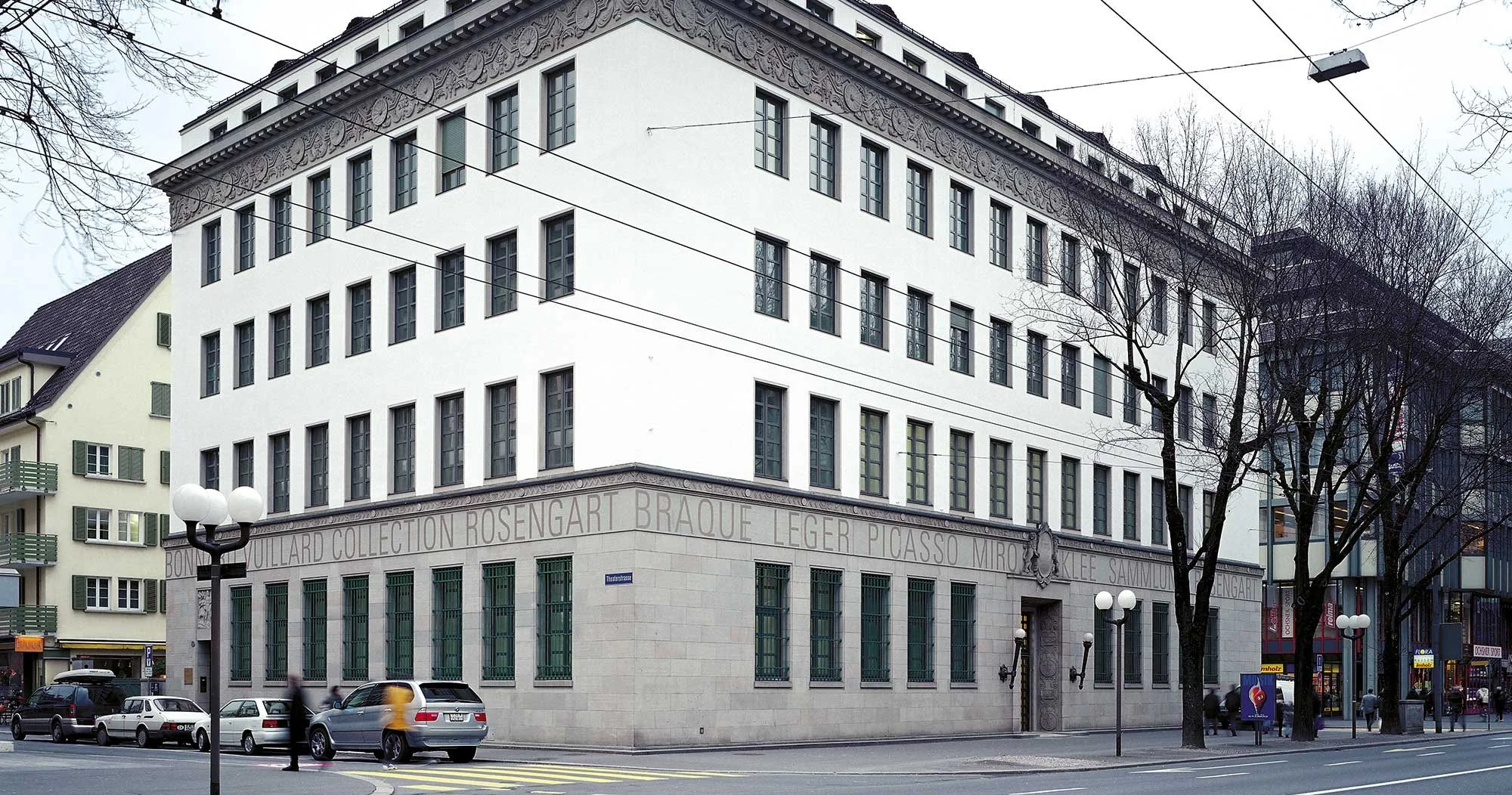



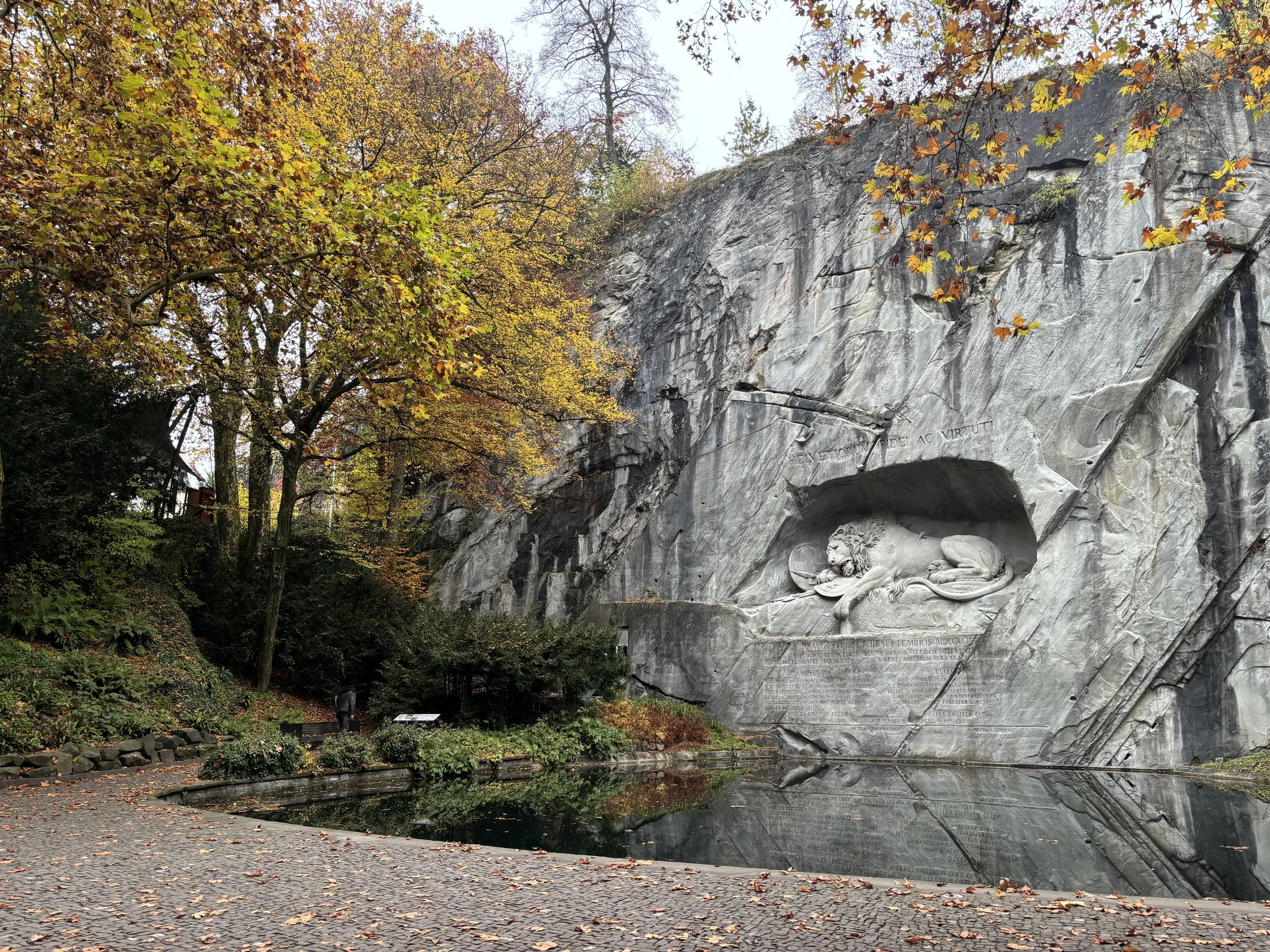


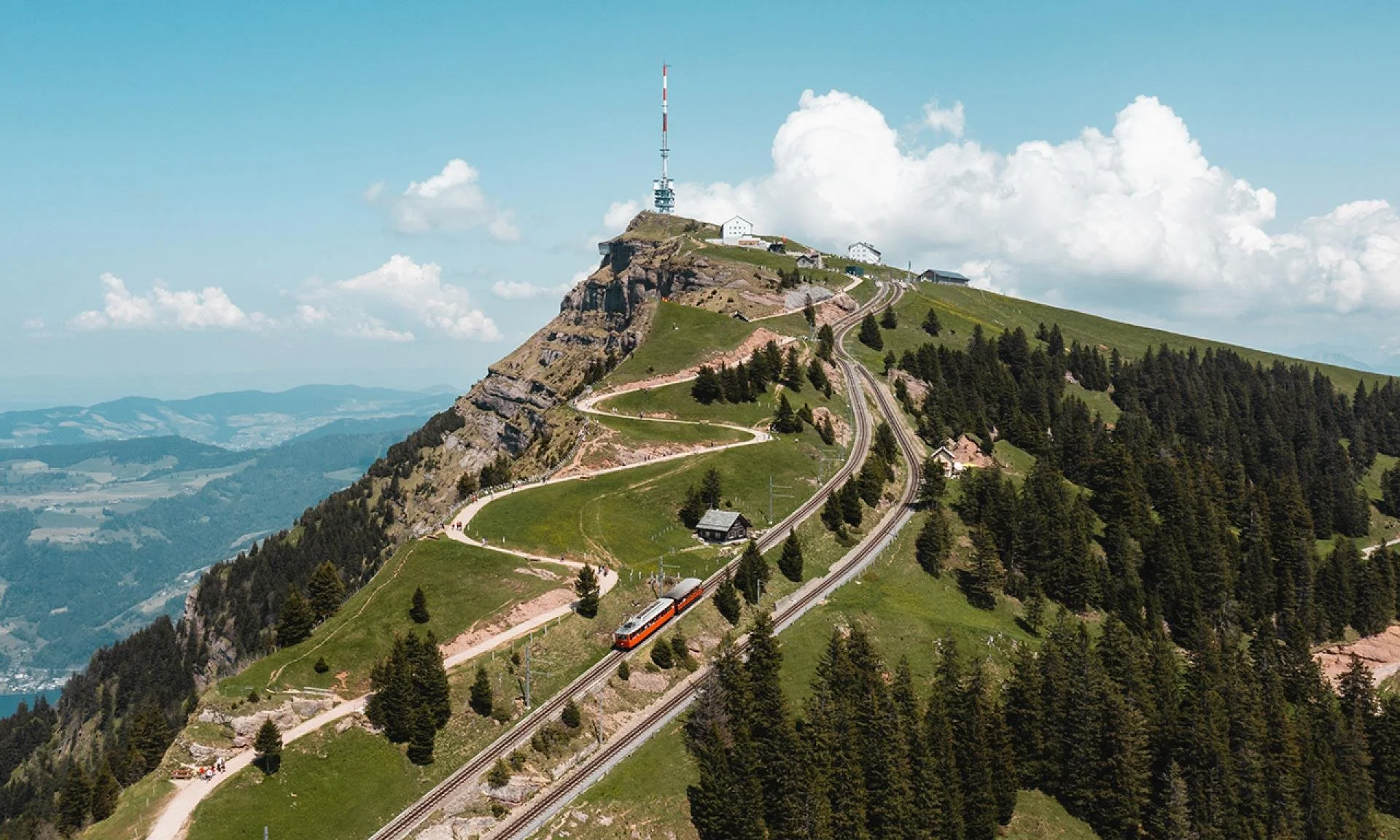




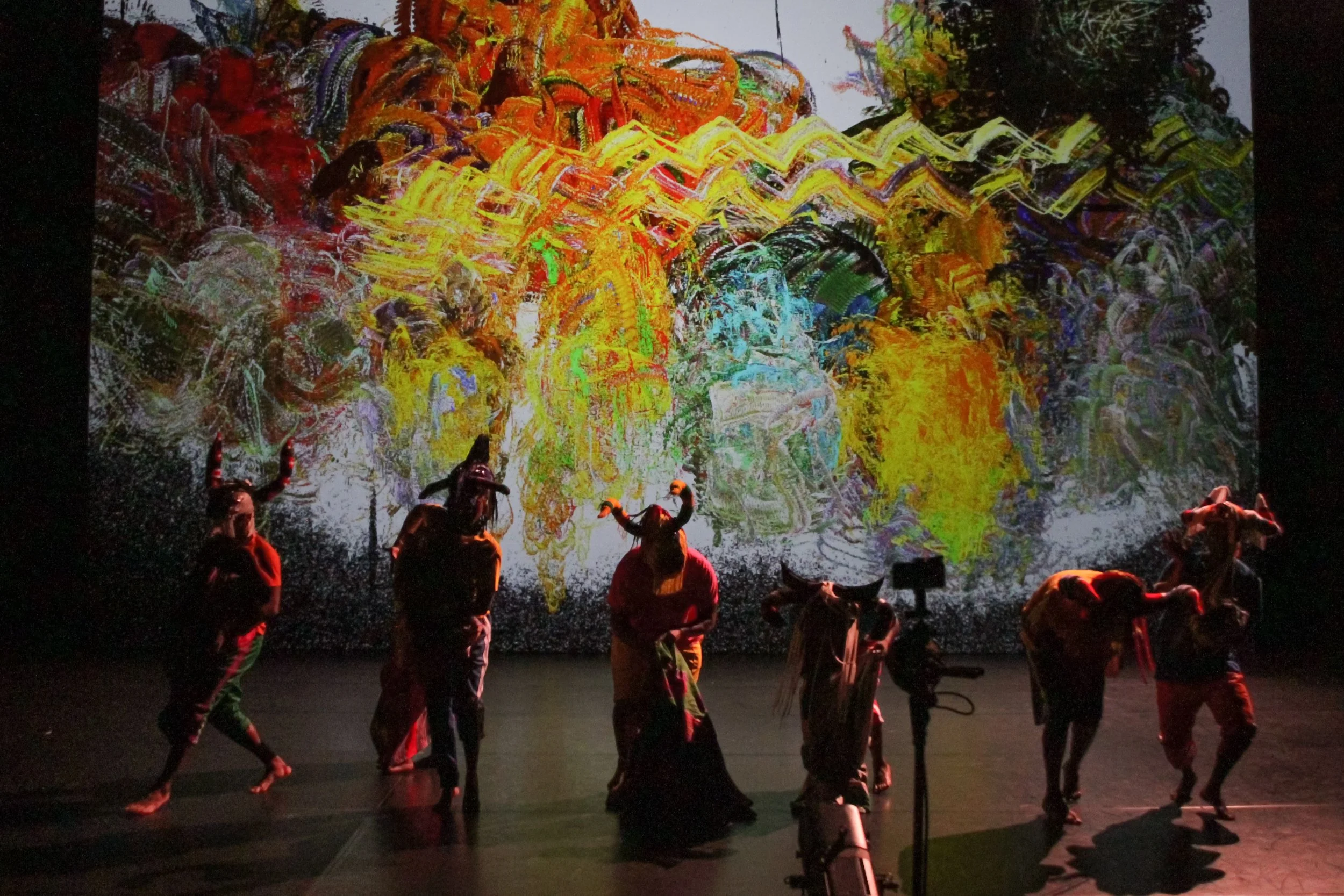







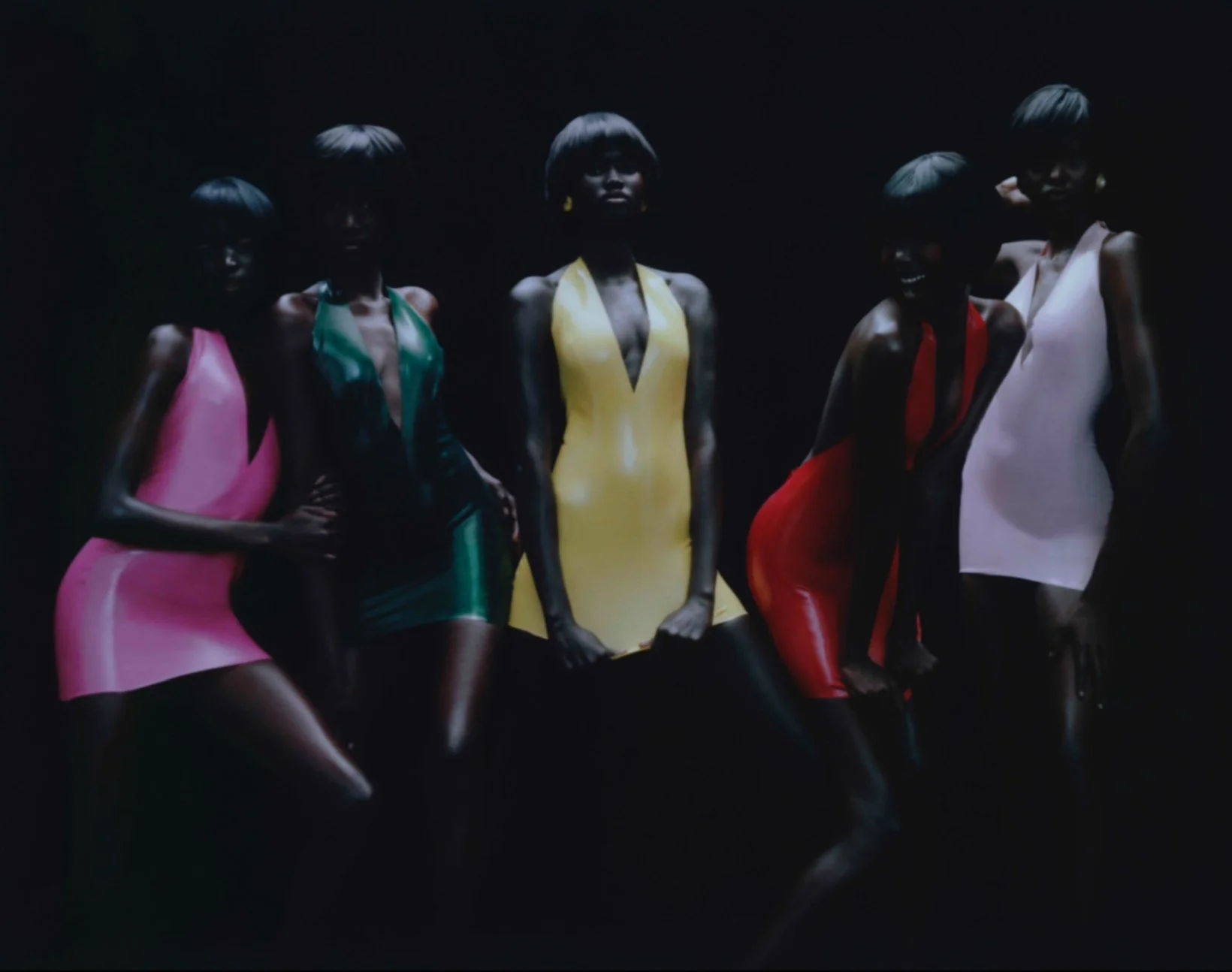

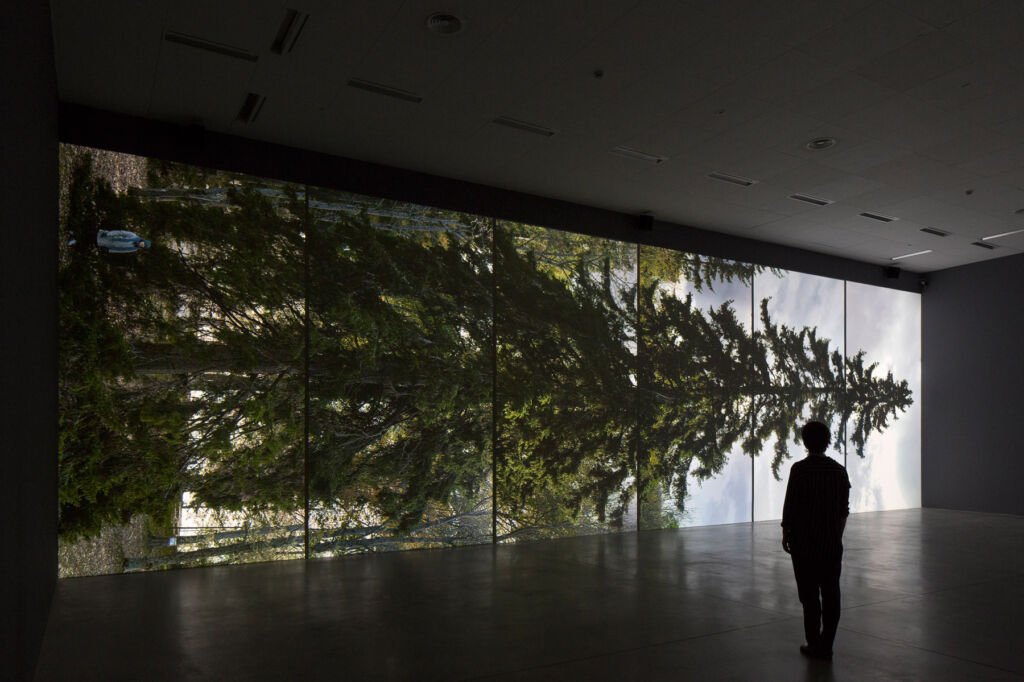














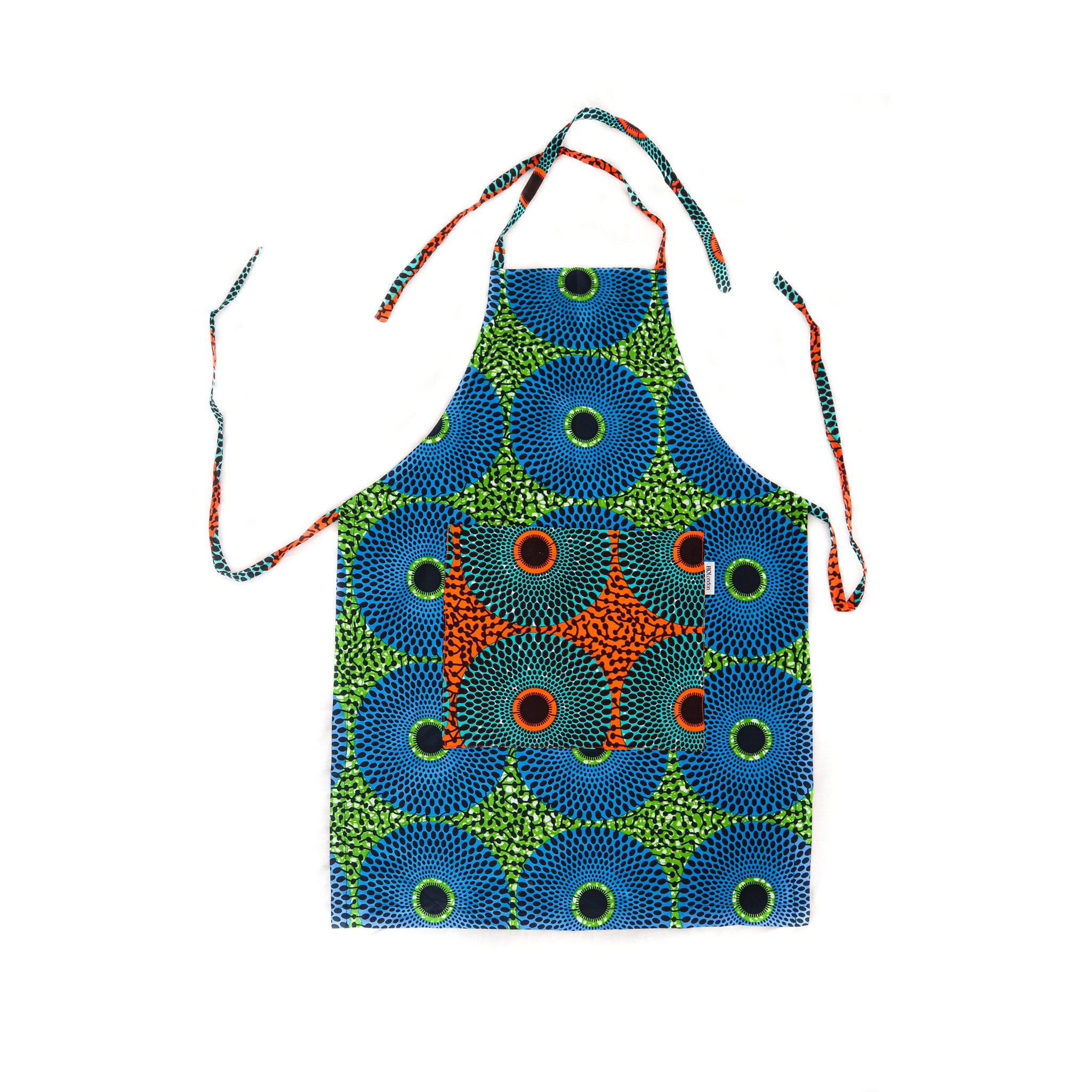




The Cinnamon Club had completely flown under the radar for me. It is in a pocket of London I rarely visit, and even if I did, the building’s exterior gives little indication of what’s inside. But now that I’ve discovered it, I already have plans to return with my husband - and in my mind, a list of friends I would recommend it to…